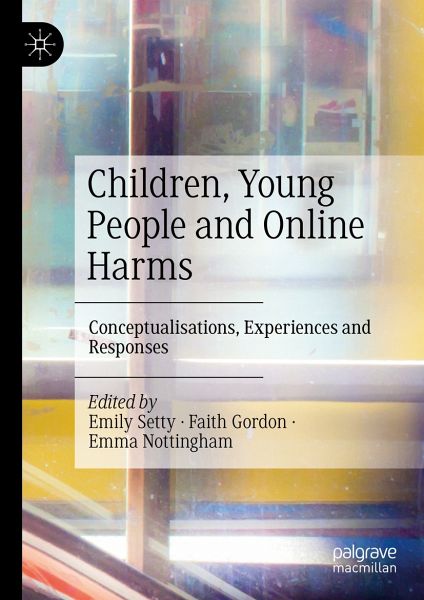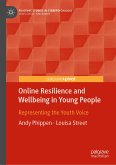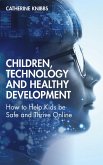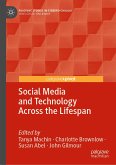With the finalisation of legislation surrounding online harms in the UK imminent, the objective of this collection is to shape the implementation of policy in practice settings. To support practice development, the book offers vignette-style pieces that will describe examples of policy and practice models and how these models can support children's and young people's active participation in understanding online harms. As a result of this, the findings of this book will minimise the disparity between the practice, policy and research through speaking to the interface between these fields in the UK context.
Dr Emily Setty is a Senior Lecturer in Criminology at the University of Surrey. Emily is also a Research Fellow at the Institute of Criminal Policy Research, Birkbeck.
Dr Faith Gordon is an Associate Professor in Law and Deputy Associate Dean of Research at the ANU College of Law, The Australian National University.
Dr Emma Nottingham LLB PhD FHEA is a Senior Lecturer at the University of Winchester. She researches the legal and ethical aspects of children's rights within a range of contexts.
Dieser Download kann aus rechtlichen Gründen nur mit Rechnungsadresse in A, B, BG, CY, CZ, D, DK, EW, E, FIN, F, GR, HR, H, IRL, I, LT, L, LR, M, NL, PL, P, R, S, SLO, SK ausgeliefert werden.









